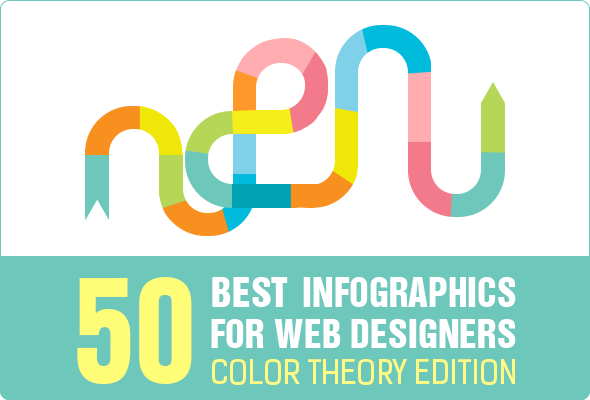The Development Of Internet Site Design: From Past To Present
The Development Of Internet Site Design: From Past To Present
Blog Article
Web Content Produce By-Johansen Harding
In the past, web sites were basic and focused on details. Navigating was direct, and style was for desktops. Now, web design content writing is essential. Information overviews designs for simple navigation. Receptive formats suit various gadgets. Today, dark mode minimizes pressure, and minimal food selections boost navigating. Interactive features engage users, and bold visuals attract attention. AI combination improves engagement. See just how layout has actually progressed to boost your on the internet journey.
Early Days of Web Design
In the very early days of web design, simplicity preponderated. Sites were basic, with restricted colors, fonts, and designs. The emphasis was on offering details as opposed to showy visuals. Users accessed the net with slow dial-up links, so speed and performance were key.
Navigation food selections were straightforward, usually located at the top or side of the web page. Websites were designed for computer, as mobile browsing had not been yet prevalent. Content was king, and developers prioritized very easy readability over complex layout elements.
HTML was the primary coding language utilized, and designers needed to work within its restraints. Computer animations and interactive features were very little contrasted to today's standards. Web sites were static, with little vibrant web content or personalized user experiences.
Increase of User-Focused Design
With the advancement of web site style, a shift towards user-focused layout principles has actually come to be increasingly famous. Today, developing sites that focus on individual experience is vital for engaging site visitors and attaining organization goals. User-focused style includes recognizing the demands, choices, and habits of your target audience to customize the site's layout, web content, and includes accordingly.
Developers currently conduct detailed study, such as individual surveys and use testing, to gather insights and feedback straight from individuals. This data-driven technique aids in producing intuitive navigation, clear calls-to-action, and visually appealing interfaces that reverberate with visitors. By positioning the individual at the center of the style process, internet sites can deliver a more tailored and satisfying experience.
Responsive style has likewise become a vital facet of user-focused style, making certain that internet sites are optimized for different tools and screen dimensions. This adaptability improves availability and usability, satisfying the varied means customers communicate with websites today. In Recommended Webpage , the rise of user-focused layout represents a change in the direction of developing digital experiences that focus on the requirements and assumptions of the end customer.
Modern Trends in Web Design
Discover the most up to date patterns forming web design today. One famous trend is dark mode design, providing a streamlined and modern-day look while minimizing eye strain in low-light environments. Another vital pattern is minimalist navigation, streamlining menus and boosting user experience by concentrating on essential elements. Including micro-interactions, such as computer animated switches or scrolling impacts, can develop an extra appealing and interactive website. web content provider stays critical, ensuring smooth individual experiences across numerous gadgets. Furthermore, utilizing vibrant typography and asymmetrical layouts can add visual passion and draw attention to details material.
Integrating AI technology, like chatbots for customer assistance or tailored referrals, improves customer engagement and simplifies processes. Accessibility has also become a significant fad, with developers prioritizing inclusive layout practices to satisfy varied user needs. Accepting sustainability by optimizing site performance for rate and performance is an additional arising pattern in web design. Working together with user responses and data analytics to iterate and enhance style continuously is essential for staying appropriate in the ever-evolving electronic landscape. By welcoming these modern-day trends, you can create a visually enticing, easy to use site that resonates with your target market.
Final thought
As you review the evolution of website layout from the early days to currently, you can see just how user-focused layout has actually come to be the driving force behind contemporary trends.
Embrace https://www.globenewswire.com/en/news-release/2022/01/12/2365906/0/en/Ruth-Kuttler-is-Changing-the-World-of-Marketing-with-Unique-High-Converting-Digital-Content-Marketing-Strategies.html of modification and adjustment in web design, constantly maintaining the customer experience at the forefront.
Keep present with the current fads and innovations, and never ever quit evolving your approach to produce visually sensational and straightforward web sites.
Evolve, adapt, and create - the future of website design is in your hands.
